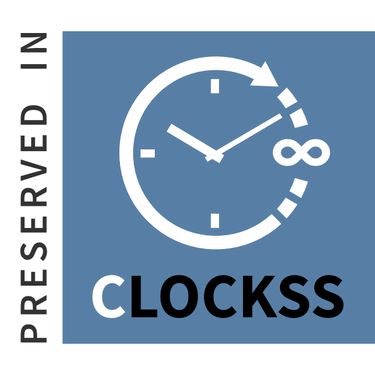Effect of Exercises rate Running In 1500 m and 3000 m Pace with different Percentages In improved in the enzyme LDH and the speed reserve and
Keywords:
Control exercise, LDH enzymeAbstract
In spite of what has been achieved in the scientific progress in the field of sports achievement, it is necessary to continue to conduct more research, studies and experiments to increase knowledge and expand the scientific facts and link them to reach the best methods and methods of training to develop each game of sports and each according to its specificity and in an optimal manner in an attempt to invest Existing human energies to the maximum extent possible.
The runners face a weakness in their ability to control their pace, control and employ them in the 800m competition, which will enable the appropriate strategic runner with the nature of the competition.
To determine the effect of exercise at a rate of 1500 m and 3000 m at different rates in the enzyme LDH and the speed reserve and the completion of running 800 m youth. Learn about the exercise preference rate of running 1500 m (60%) of the volume of exercise and the rate of step ran 3000 m (40%) of the volume of exercises for exercises step by step Ran 1500 m (40%) of the volume of exercise and step rate ran 3000 m (60%) of the volume of exercise, And the rate of the step ran 3000 m (60%) of the size of the exercises, and then calculate the proportion of steps, and used the researcher experimental method, and the search community was an antagonists clubs Karbala province for competitors running (800 m) were selected sample random way and the (8) players, (50%) of the research community. The exercises were carried out by the researchers. The exercise took eight weeks and three training units per week, with 24 training units. The first research group was in 1500m, 60%, 3000m, (40%), and then the researcher reached the most important conclusions:
- Exercise at a pace of (1500 m and 3000 m) was effective with the emergence of positive development in the enzyme LDH and the speed reserve and achievement between the tribal and remote tests and for the benefit of the experimental groups.
- The difference in volume ratios for the competition (1500 m and 3000 m) in this study did not show any significant differences in the tests of the dimension of the enzyme LDH and the reserve of speed and achievement.
References
Mohammed Reda Al-Madamgha: "Field Application of Training Theories and Methods," 1st Edition, Baghdad, Al-Fadhli Printing Office, 2008, p. 598.
Joseph Duke, Michael Oro, et al.: "Medals in Endurance Track Events at the 2008 Olympic Games," Translated by the Regional Center for Amateur Athletics, "Recent Studies in Athletics (IAAF)," 2011, p. 101.
Mohammed Jassim Al-Yassiri: "Construction and Standardization of the Physical Fitness Test Battery for Selecting Junior Athletes," Ph.D. Thesis, College of Physical Education, University of Baghdad, 1995, p. 91.
International Amateur Athletics Federation (IAAF): "Run, Jump, Throw: The Scientific Guide to Teaching Athletics, Level 1," Cairo, 1999, p. 29.
Jamal Sabri Faraj: "Speed and Athletic Achievement: Planning, Training, Physiology, Injuries, and Rehabilitation," Beirut, Dar Al-Ilm, 2017.
Bahaa El-Din Ibrahim Salama: "Physiology of Athletes and Physical Performance," 1st Edition, Cairo, Dar Al-Fikr Al-Arabi for Printing and Publishing, 2000, p. 231.
Jabbar Rahima Al-Kaabi: "Physiological and Chemical Foundations of Sports Training," Doha, Qatar Printing Press, 2007, p. 199.
Talaal Saad Al-Najafi: "The Source Previously Mentioned," 1987, p. 230.
Thorpe W.V., Bragg H.G.: "Biochemistry for Medical Students," London, Church Hill LTD, 1984, p. 243.
Shaker Al-Sheikhly: "The Effect of Standardized Fartlek Training Methods on Speed Endurance, Blood Lactate Concentration, and Performance in the 400m and 1500m Races," Ph.D. Thesis, University of Baghdad, College of Physical Education, 2001, p. 115.
















